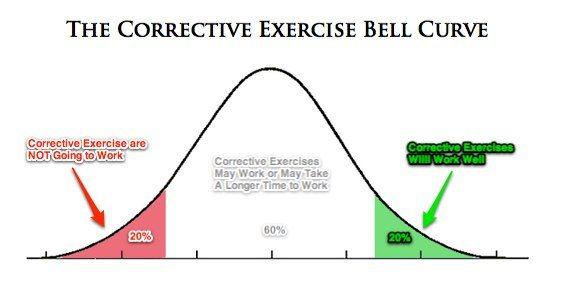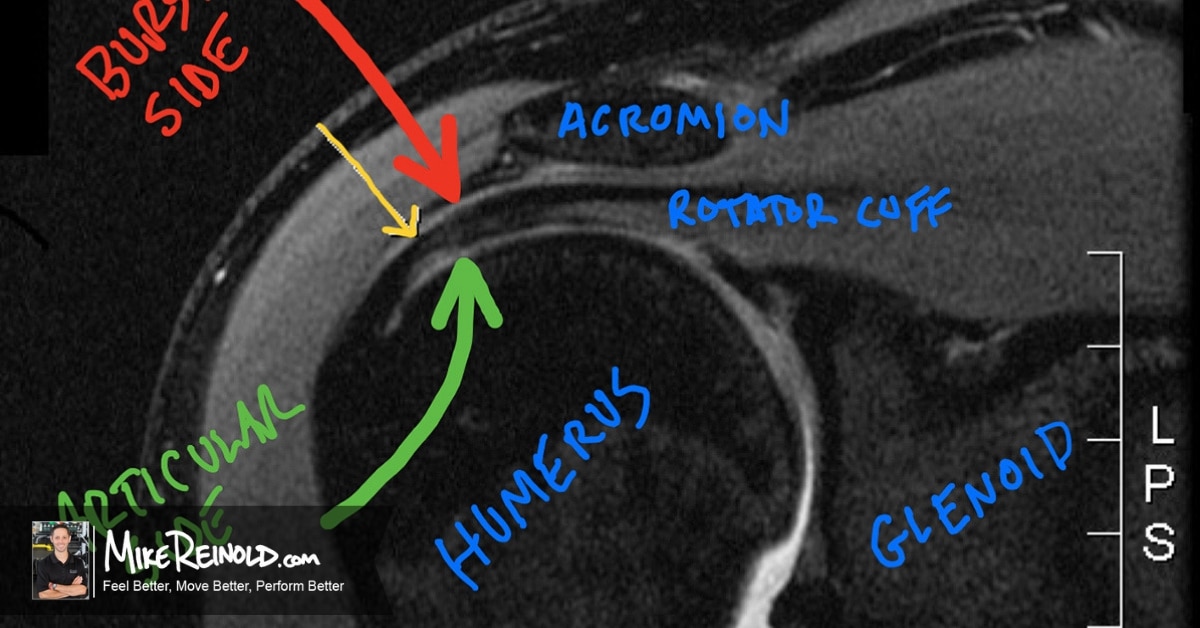One of the most common postural adaptations that I see on a day to day basis is anterior pelvic tilt. In fact, it’s getting more rare to find someone that isn’t in a large amount of anterior pelvic tilt.
I blame it on our seated culture. The human body is excellent at adapting, and the seated posture produces an anterior pelvic tilt.
Anterior Pelvic Tilt Influences Hip Range of Motion and Impingement

The authors looked at CT scans of the hips of 50 subjects with femoroacetabular impingement and simulated range of motion using 3D-generated models.
A 10 degree increase in anterior pelvic tilt, which I would say is something we see clinically, resulted in a significant loss of 6-9 degrees of hip internal rotation and increase in FAI. This increase in anterior pelvic also resulted in a loss of 10 degrees of hip flexion. Subsequently, an increase in posterior pelvic tilt resulted in greater hip internal rotation, less impingement, and more hip flexion.
Clinical Implications
The results of the study have several implications
- Assessment of hip ROM should take pelvic position into consideration.
- FAI symptoms may be reduced by decreasing anterior pelvic tilt.
- People with limited hip internal rotation or hip flexion may have too much anterior pelvic tilt. Focus on alignment before starting to torque the joint. This is a fundamental principle I talk about in Functional Stability Training of the Lower Body.
- People with poor squat mechanics, especially in the deeper positions, may have an underlying pelvic position issue. People with excessibve anterior pelvic tilt that are squatting deep maybe impinging and beating up their hips.
I talk a lot about reverse posturing, my terminology for focusing on reversing the posture that you assume for the majority of your day. But there is a big difference between reducing static anterior pelvic tilt posture and dynamic anterior pelvic tilt control. You have to emphasize both with dynamic control being arguably more important.
Keep these findings in mind next time you see someone with a large amount of anterior pelvic tilt.
If you are interested in learning more about how I work with anterior pelvic tilt, I recently outlining my integrated system of manual therapy and corrective exercise in my Inner Circle webinar on Strategies to Reduce Anterior Pelvic Tilt.




